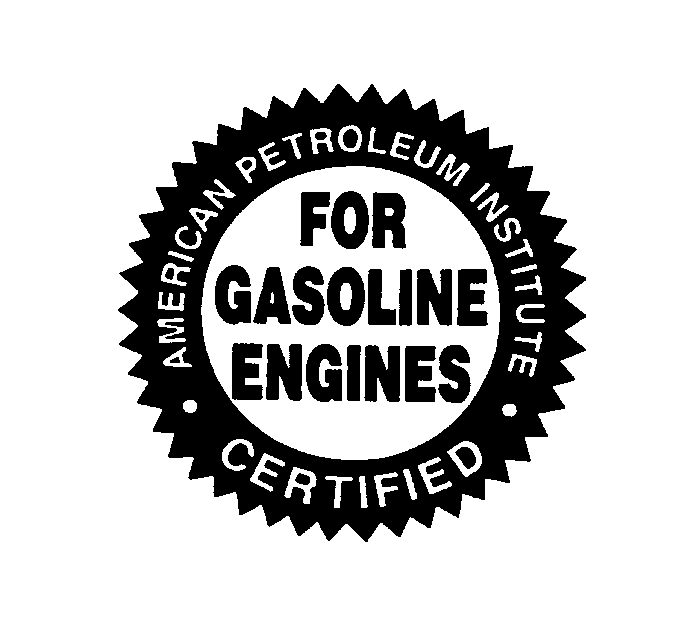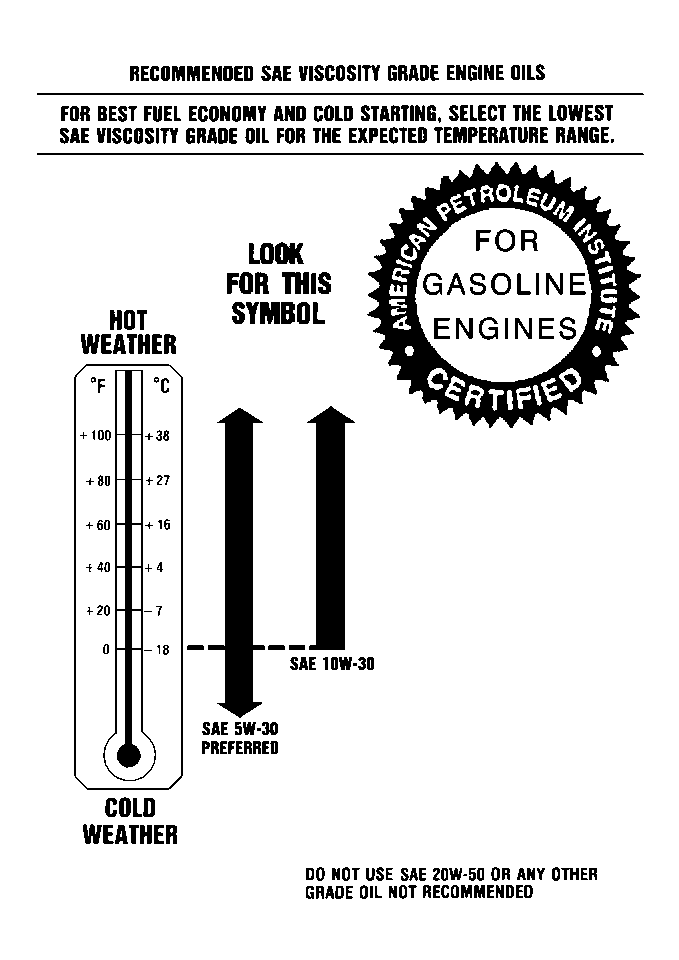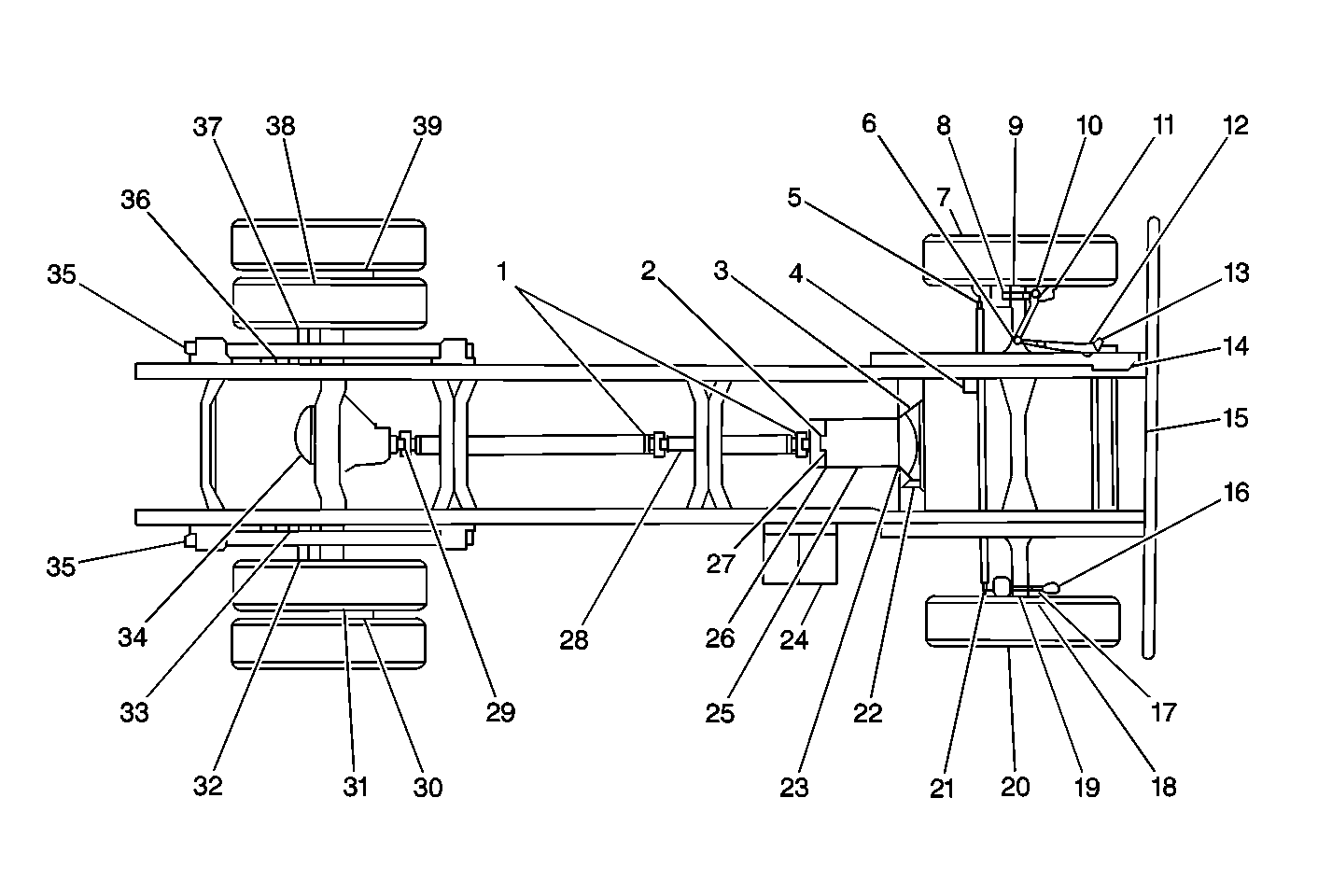|
|---|
| (1) | Propshaft Slip Joint |
| (2) | Parking Brake
Clevis Pin (Hydraulic Brakes Only) |
| (3) | Clutch Release Cross Shaft (If Equipped) |
| (4) | Master Cylinder (Hydraulic Brakes Only) |
| (5) | Steering Tie Rod Ends |
| (6) | Steering Column U-Joints |
| (7) | Front Wheel Bearings |
| (8) | Front Steering Knuckles |
| (9) | Brake Cam Roller Pins at Interface of Pin and Shoe (Air Brakes Only) |
| (10) | Slack Adjuster (Air Brakes Only) |
| (11) | Brake Camshaft Brake Caliper Rails
(If Equipped) |
| (12) | Steering Column Slip Joint |
| (13) | Steering Drag Link Ends |
| (14) | Pivot Points and Hinges |
| (15) | Pivot Points and Hinges |
| (16) | Brake Camshaft
Brake Caliper Rails (If Equipped) |
| (17) | Slack Adjuster (Air Brakes Only) |
| (18) | Brake Cam Roller Pins at Interface of Pin and Shoe (Air Brakes
Only) |
| (19) | Front Steering Knuckles |
| (20) | Front Wheel Bearings |
| (21) | Steering Tie Rod Ends |
| (22) | Clutch Release Cross Shaft (If Equipped) |
| (23) | Clutch
Release Bearing (If Equipped) |
| (24) | Battery Terminal (Except ST type) |
| (25) | Transmission |
| (26) | Parking Brake Bell Crank (Hydraulic Brakes
Only) |
| (27) | Parking Brake Lever Pivot (Hydraulic Brakes Only) |
| (28) | Propshaft Slip
Joint |
| (29) | Propshaft Slip Joint |
| (30) | Rear Wheel Bearing |
| (31) | Brake Cam Roller Pins at Interface
of Pin and Shoe (Air Brakes Only) |
| (32) | Brake Camshaft Brake Caliper Rails
(If Equipped) |
| (33) | Slack Adjuster (Air Brakes Only) |
| (34) | Rear Axle |
| (35) | Spring Slip Pads (If Equipped with
Multi-Leaf) |
| (35) | Spring Slip Pads (Multi-Leaf Spring Only) |
| (36) | Slack Adjuster (Air Brakes Only) |
| (37) | Brake
Camshaft Brake Caliper Rails (If Equipped) |
| (38) | Brake Cam Roller Pins at Interface
of Pin and Shoe (Air Brakes Only) |
| (39) | Rear Wheel Bearing |
[Dagger] The U.S. Environmental Protection Agency or the California
Air Resources Board has determined that the failure to perform this maintenance
item will not nullify the emission warranty or limit recall liability prior
to the completion of the vehicle's useful life. It is recommended that all
maintenance services be performed at the indicated intervals and the maintenance
be recorded.
- If the vehicle has an Allison® automatic transmission, the
GM owner's manual is supplemented by an Allison Transmission Operator's
Manual. Always refer to these manuals for related maintenance services.
- Check the fluid level in the manual transmission.
- This is an emission control service.
- This is a noise emission control device.
- This applies only to vehicles sold in the United States.
- Inspect the fluid level in the following components:
| • | Brake master cylinder. A low fluid level in the brake master cylinder
may indicate worn brake linings and should be inspected. |
| • | Clutch master cylinder, if equipped |
| • | Hydraulic spring parking brake pump, if equipped |
| • | A low fluid level in the brake master cylinder can indicate worn brake linings
and should be checked accordingly. |
- Inspect the following brake components:
| • | Inspect the brake lines and the hoses for the following conditions: |
| • | The disc brake pads for wear |
| • | The rotors for surface condition |
| • | The brake pedal for excessive free play - or travel or every
6 months, whichever occurs first. Perform the brake pedal service,
if necessary. |
| • | Inspect the brakes more often if driving habits and conditions
result in frequent braking. |
Important: The spring brake section of the actuator is NOT serviceable.
- Inspect the hydraulic parking brake drum and the linings for wear or
cracks. Inspect the linkage and the adjustment. Inspect the spring brake
actuator and the pump for leaks.
- This vehicle has an Engine Oil Life Monitor. This monitor will
indicate when to change the engine oil and filter, usually between 5 000 km
(3,000 mi) and 12 500 km (7,500 mi) since the last
oil change.
| • | Under severe conditions, the indicator may come on before 5 000 km
(3,000 mi). |
| • | The vehicle should never be driven more than 12 500 (7,500 mi)
without an oil and filter change. |
| • | The system will not detect dust in the oil. If the vehicle is
driven in dusty areas, be sure to change the oil and filter every 5 000 km
(3,000 mi) or sooner if the Change Oil Light comes on. |
| • | Reset the Oil Life Monitor whenever the oil is changed. |
- Inspect the clutch pedal for free travel. Use the following procedure:
| 10.1. | Press the pedal using your hand until resistance is felt. |
| 10.2. | Maintain free travel at 38-51 mm (1.5-2.0 in)
measured at the clutch pedal pad. |
| 10.3. | Inspect the clutch pedal for free travel at 5 000 km
(3,000 mi) and 10 000 km (6,000 mi) and then
every 10 000 km (6,000 mi) thereafter. |
Inspect the clutch pedal for free travel at 4 000 km (2,500 mi)
and 8 000 km (5,000 mi) and then every 8 000 km
(5,000 mi) thereafter.
- Inspect the rear axle air shift motor for fluid leaks. Use the
following procedure:
| 11.1. | Remove the plug in order to inspect the fluid level. |
| 11.2. | Inspect the air lines and the hoses for the following conditions: |
| 11.3. | Inspect the rear axle air shift motor at 5 000 km
(3,000 mi) and 40 000 km (24,000 mi) and then
every (40 000 km (24,000 mi) thereafter. |
Diesel Only: Inspect the rear axle air shift motor at 4 000 km
(2,500 mi) and 40 000 km (25,000 mi)
and then every (40 000 km (25,000 mi) thereafter.
- Chassis Lubrication: Lubricate all the grease fittings in the
front suspension, the front axle, and the steering linkage and steering gear
at output shaft sleeve bearing.
Lubricate the suspension, axle
and steering linkage more often when operating under dusty or muddy conditions
and in excessive off-road use.
DO NOT lubricate the kingpin bushings
with air pressure equipment. Use a hand-held grease gun in order to ensure
complete purge and eliminate sealer cap distortion.
Lubricate
the following components:
| • | The transmission and the shift linkage |
| • | The hood latches and the hinges |
| • | The parking brake lever pivot |
| • | The clevis pins and the linkage |
| • | The disc brake caliper rails |
| • | The clutch linkage and release bearing, if equipped |
| • | The propeller shaft slip joint |
| • | The brake camshaft bracket |
| • | The clutch pedal springs |
- Inspect the steering the system for damaged, loose or missing
parts. Inspect for parts showing signs of wear or lack of lubrication. Replace
parts as needed.
Inspect the following components:
| • | The steering gear mounting bolts. Tighten if necessary. |
| • | The pitman arm nut. Tighten if necessary. |
| • | The gear housing upper cover and the side cover attaching bolts.
Tighten if necessary. |
| • | The power steering hoses, tubes, and the fittings for leaks. Ensure
that the hoses and lines are not twisted, kinked or tightly bent. |
| • | Ensure that the following components are in the proper locations
and are secure: |
| • | The steering gear for leakage around the pitman shaft and housing.
If leakage is evident - lubrication oozing out, not just an oily film,
repair the leak immediately. |
- Inspect the front and the rear suspension for the following conditions:
damaged, loose or missing parts, or parts showing signs of wear or lack
of lubrication. Replace the parts as necessary.
- Adjust the tire pressure as indicated in the GM Owner's
Manual for optimum tire life.
Inspect the tires for excessive
or abnormal wear or damage. Inspect for damaged wheels. Replace the wheels
and/or tires as needed.
- Inspect the spring-to-axle U-bolts and the shackle bolts for the
proper torque.
When the vehicle is new or when parts are replaced,
inspect and adjust the torque more often during the first 10 000 km
(6,000 mi). Inspect the torque at 800 km (500 mi)
and 3 000 km (2,000 mi) after the parts are
first used.
- In order to maintain exhaust system integrity, replace the exhaust
pipes whenever a new muffler is installed.
Inspect the complete
exhaust system and the cab areas near the exhaust system for the following
conditions. Perform any needed repairs immediately.
| • | Other conditions which may permit exhaust fumes to seep into the
driver compartment |
- Inspect all of the engine drive belts for the following conditions.
Adjust or replace the drive belts as necessary.
- With the engine OFF and below normal operating temperature, verify
that the thermostatically controlled engine cooling fan can be rotated
using your hand on viscous-operated drives. Replace as needed.
- Inspect the shields and the underhood insulation for damage or
looseness. Adjust or replace as needed.
- Lubricate the following components:
| • | The caliper support spring |
| • | The caliper support key |
- Wheel bearing service:
Grease type: Clean, inspect
and lubricate the wheel bearing using the proper wheel bearing grease at
designated intervals or whenever the hubs are removed.
Oil-filled
type: Some wheel bearings are lubricated by rear axle lubricant. If you have
oil-filled hubs, use lubricant identical to the lubricant used
in your rear axle. Lubricant change intervals are the same for the front
and the rear axles. Maintain the oil level at the OIL LEVEL mark
between change intervals.
- Inspect the air intake system installation in order to ensure
that the gaskets are seated properly and all of the hose connections, fasteners
and other components are tight.
Tighten the connections and
the fasteners or replace the parts as necessary.
For gasoline
engines ensure that the following conditions are true:
| • | The air cleaner housing is properly seated. |
| • | The cover fits tightly. |
- Evaporative Control System Service, if equipped. Inspect the
following items and replace the parts as necessary:
| • | The fuel and the vapor lines and the hoses for proper connection
and correct routing. |
| • | The fuel and vapor lines and the hoses. |
| • | Correct routing of lines and hoses. |
- Replace the air cleaner filter - or every 24 months, whichever
occurs first. Replace the filter more often if driving in dusty conditions.
Ask your dealer for the proper replacement intervals for your driving conditions.
- Replace the spark plugs Inspect the wires for damage. Inspect
the wire boot and the boot heat shield fit at the spark plugs and the distributor.
Replace parts as needed.
- Perform the following inspections. Replace the parts as necessary.
| • | Inspect the following components for damage which may cause leakage: |
| • | Inspect the fuel cap for proper sealing ability and damage. |
| • | Inspect the fuel cap gasket for an even filter neck imprint. |
- Inspect the EGR system as described in this service manual.
- Inspect the Electronic Vacuum Regulator Valve (EVRV) filter for
excessive contamination or plugging. Clean the filter using a solution
of soap and water, if necessary. Let the filter dry and install.
- Drain, flush, and refill the cooling system.
| 30.2. | Clean the radiator. |
| 30.3. | Clean the condenser. |
| 30.4. | Clean the pressure cap and the neck. |
| 30.5. | Pressure test the cooling system and the pressure cap. |
- Perform rear axle service change the lubricant.
- Perform the front axle service: Re-pack the upper kingpin roller
bearing.
Important: The spring brake section of the rear brake diaphragms are NOT serviceable.
Check brakes more often if driving habits and conditions result in frequent
braking.
- Perform the following air brake service:
| • | Inspect brake parts at each wheel, including drums, wheel cylinders
and piston heat shields and boots. Check brake pedal for excessive free paly
or travel - or every 6 months, whichever occurs first. |
| • | Inspect the both air and drum brake lines, hoses for the following: |
| • | Test air lines for leaks; tighten as needed |
| • | Replace
the compressor filter. |
| • | Check all attachments for tightness, wear or damage. |
| • | Inspect air parking brake chamber and the lines and hoses for the following: |
| • | Replace the air compressor filter element, mounted on the air
compressor. |
| • | For remote air compressor intake service, refer to
air cleaner filter replacement (25). |
- Clean and lubricate the air brake automatic slack adjuster. Inspect
the pushrod travel and the auto adjustment operation. Perform the slack adjuster
service, if necessary.
- Inspect the operation of the air brake chamber and the following
components. Inspect the air brake chamber for leaks.
- Remove, disassemble, clean, and inspect the following air brake
components. Replace any parts showing wear.
| • | The standard brake chamber |
| • | The quick release valve |
| • | The quick release/double check valve combination |
| • | The parking brake control valve |
| • | The pressure protection valve and alcohol injector. |
| • | The spring brake control valve: replace rubber parts. |
- Tighten the wheel stud nuts to the specified torque values at
1600 km (1,000 mi) and then every 1 600 km (1,000 mi)
thereafter.
- Service is required immediately if the vehicle is operated under
any of these Short Trip/City conditions:
| • | Most trips are less than 8 to 16 km (5 to 10 mi).
This is particularly important when outside temperatures are below freezing. |
| • | Most trips are through dusty areas. |
| • | Vehicle frequently tow a trailer. |
| • | The vehicle is operated at or near maximum GVW ratings. |
| • | The vehicle is operated in hilly or mountainous terrain. |
- Service is required now for all vehicles that have not previously
required service under the Short Trip/ City conditions.



